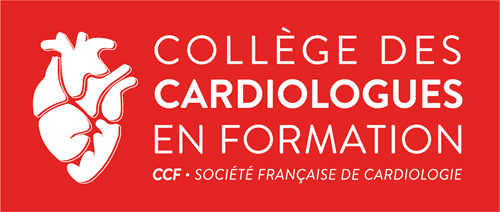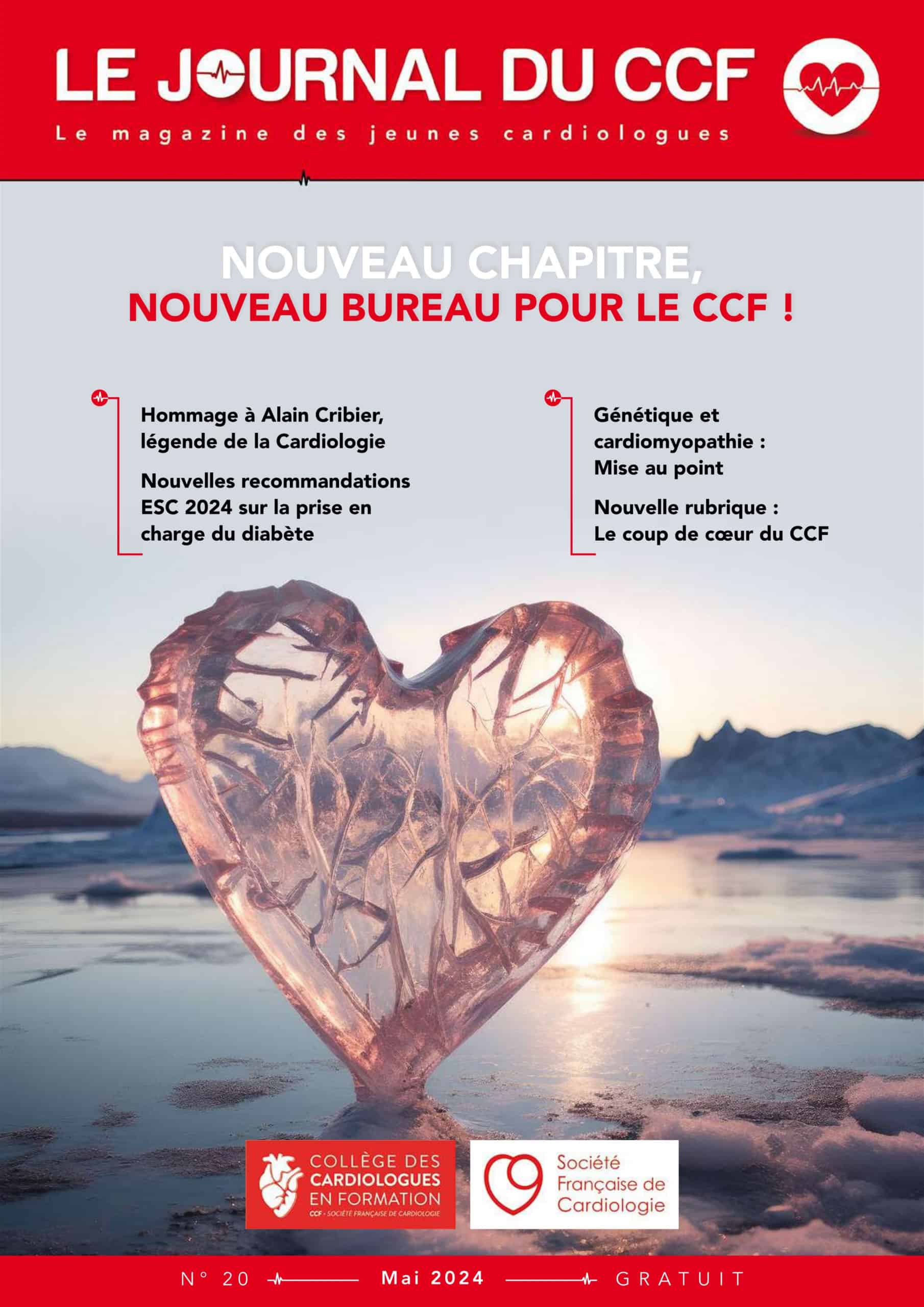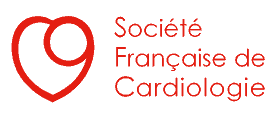Suivez nous sur les réseaux sociaux
Cet outil a vocation à informer, diffuser l’information auprès des jeunes cardiologues (internes, assistants, chefs de cliniques, jeunes praticiens, etc.), et faciliter les échanges.
Voici un aperçu rapide des sujets abordés dans cette publication :
Toutes nos publications
Une question ?
Publications
In-hospital Prognosis of Acute ST-Elevation Myocardial Infarction in Patients with Recent Recreational Drug use
Voici un aperçu rapide des sujets abordés dans cette publication :
In-hospital Prognosis of Acute ST-Elevation Myocardial Infarction in Patients with Recent Recreational Drug use
Arthur Clement, Jean-Guillaume Dillinger, Arthur Ramonatxo, Vincent Roule, Fabien Picard, Eugenie Thevenet, Federico Swedzky, Marie Hauguel-Moreau, David Sulman, Mathilde Stevenard, Nabil Amri, David Martinez, Laura Maitre-Ballesteros, Thomas Landemaine, Alexandre Coppens, Nabil Bouali, Paul Guiraud-Chaumeil, Emmanuel Gall, Antoine Lequipar, Patrick Henry, Theo Pezel
European Heart Journal – Acute Cardiovascular Care, Volume 13, Issue 4, April 2024, Pages 324-332
PMID: 38381068
DOI: 10.1093/ehjacc/zuae024
Abstract
Aims
Although recreational drug use may induce ST-elevated myocardial infarction (STEMI), its prevalence in patients hospitalized in intensive cardiac care units (ICCUs), as well as its short-term cardiovascular consequences, remains unknown. We aimed to assess the in-hospital prognosis of STEMI in patients with recreational drug use from the ADDICT-ICCU study.
Methods and Results
From 7-22 April 2021, recreational drug use was detected prospectively by a systematic urine multidrug test in all consecutive patients admitted for STEMI in 39 ICCUs across France. The primary endpoint was major adverse cardiac events (MACEs) defined by death, resuscitated cardiac arrest, or cardiogenic shock. Among the 325 patients (age 62 ± 13 years, 79% men), 41 (12.6%) had a positive multidrug test (cannabis: 11.1%, opioids: 4.6%, cocaine: 1.2%, 3,4-methylenedioxymethamphetamine: 0.6%). The prevalence increased to 34.0% in patients under 50 years of age. Recreational drug users were more frequently men (93% vs. 77%, p = 0.02), younger (50 ± 12 years vs. 63 ± 13 years, P < 0.001), and more active smokers (78% vs. 34%, P < 0.001). During hospitalization, 17 MACEs occurred (5.2%), including 6 deaths (1.8%), 10 cardiogenic shocks (3.1%), and 7 resuscitated cardiac arrests (2.2%). Major adverse cardiac events (17.1% vs. 3.5%, P < 0.001) and ventricular arrhythmia (9.8% vs. 1.4%, P = 0.01) were more frequent in recreational drug users. Use of recreational drugs was associated with more MACEs after adjustment for comorbidities (odds ratio = 13.1; 95% confidence interval: 3.4-54.6).
Conclusions
In patients with STEMI, recreational drug use is prevalent, especially in patients under 50 years of age, and is independently associated with an increase of MACEs with more ventricular arrhythmia.


